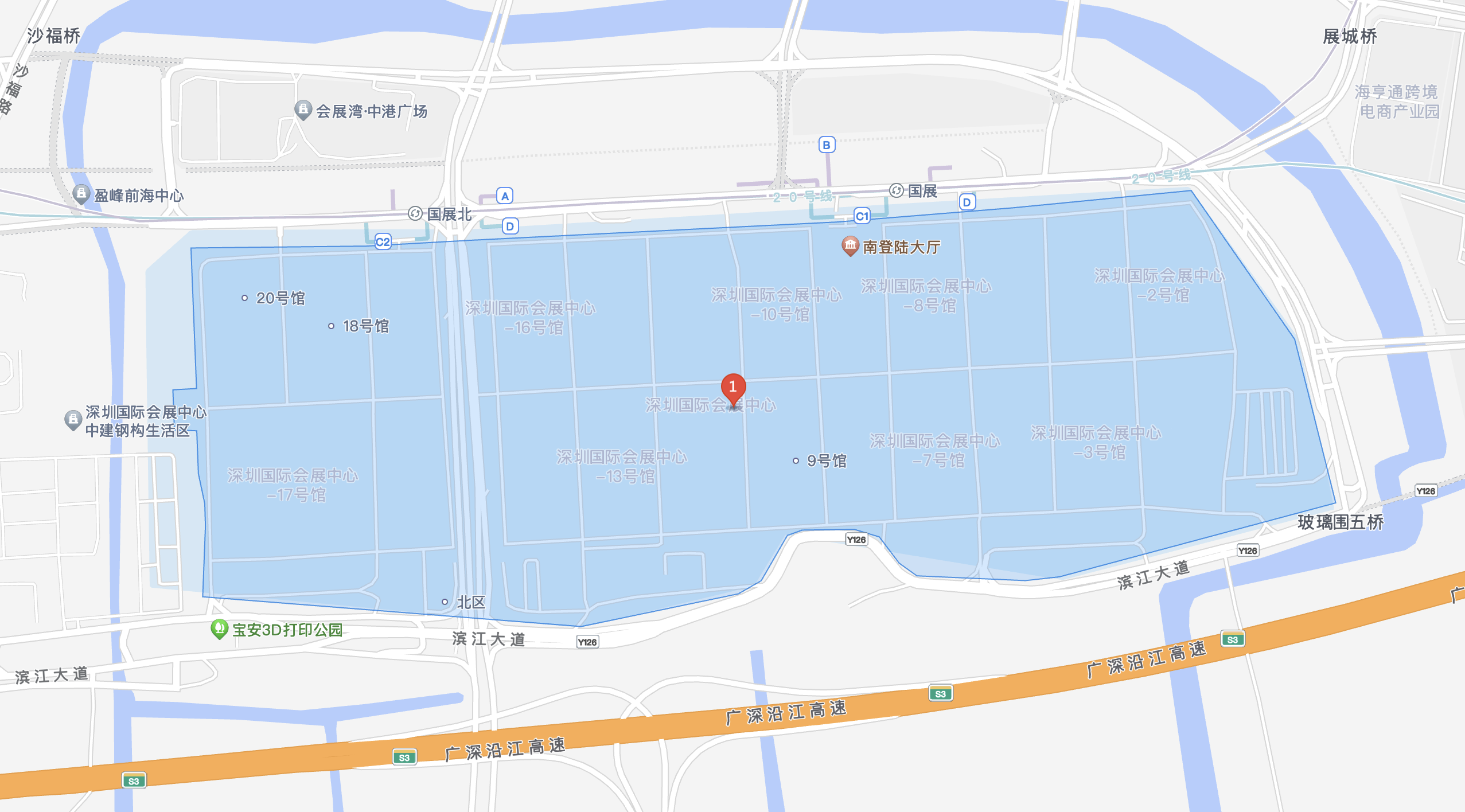
On April 14, Apple CEO Cook was revealed to be "focused on the development of AR glasses", and his top priority is to launch a product that competes with Meta's Ray-Bans smart glasses.
Earlier on April 10, Huawei announced that it would release new smart glasses under the Harmony Intelligent Travel strategy on the afternoon of the 16th.
It is reported that Huawei's upcoming Smart Glasses 2 titanium hollow round frame optical glasses will be priced at 2,299 yuan.
It is worth noting that the square frame sunglasses version of Huawei's Smart Glasses 2 series previously launched is also priced at 2,299 yuan, equipped with the HarmonyOS 4 system and Pangu AI large model, supporting cervical health monitoring, environmental noise recognition and privacy calls.
So, what are the sensor companies in the AI glasses industry chain? How are sensors currently deployed on smart glasses?
Three categories of smart glasses, targeted configuration of sensor combinations
Smart glasses are divided into three categories according to their functions and technologies:
Audio glasses: focus on audio functions (such as calls, music), without cameras or visual interactions, such as Huawei Smart Glasses 2;
AI smart glasses: integrate AI capabilities based on audio, and some add cameras to support shooting, with higher technical complexity than audio glasses, such as Meta Lens Chat AI by Lee Weike, Shanji A1, and RayBan Meta;
AR glasses: integrate AR display and AI technology, with richer functions (such as real-time translation, navigation), and high design and manufacturing difficulty, such as Rokid Glasses and XREAL One.
All types of smart glasses will be configured with sensor combinations according to their core application scenarios to optimize the user experience. For example, RayBan Meta is equipped with multiple types of sensors: 12-megapixel camera for image capture, capacitive sensor for touch interaction monitoring, Hall sensor for opening and closing state detection, optical sensor for sensing camera occlusion, and the IMU (inertial measurement unit) built into the camera module supports electronic image stabilization.
Another example is Rokid Max AR smart glasses, whose sensor system covers proximity sensors, gyroscopes, accelerometers, magnetometers, distance sensors and MEMS sensor modules. Among them, the MEMS sensor module uses STMicroelectronics' LSM6DSR chip, while the proximity sensor uses Taiwan Crystal Technology's (TXC) miniaturized four-in-one optical sensor PA22C.
Many listed companies have laid out in the upstream field of the industry chain
The supplier categories of the AI glasses industry chain are extremely rich.
In terms of the cost share of each component of the product, the cost share of modules such as chips, charging boxes, structural parts, OEM, and sensors is relatively prominent. Therefore, the links with large value and high cost share are more worthy of attention.
In the upstream field of AI glasses, involving key component sectors such as chips, sensors, storage, display modules, and optical modules, many listed companies have business layouts.
Taking the computing chip, the "core brain" of AI glasses, as an example, companies such as Xuanheng Technology and Rockchip have made AI glasses computing chip design their main business direction.
According to statistics, Hengxuan Technology expects its net profit attributable to its parent company to be between 450 million yuan and 470 million yuan in 2024, a year-on-year increase of 264% to 280.18%, setting a record high; Rockchip expects its net profit attributable to its parent company to be between 550 million yuan and 630 million yuan in 2024, a year-on-year increase of 307.75% to 367.06%.
Goertek not only supplies microphones and other components for smart glasses, but also has the foundry manufacturing capabilities for AI glasses; Will shares provide important components such as image sensors. The ten-axis attitude sensor module produced by Hailingke can be applied to wearable devices such as virtual reality and head-mounted displays; the MEMS microphone launched by Minxin shares has high signal-to-noise ratio and high AOP performance, which is suitable for the field of artificial intelligence. In addition, GigaDevice's general-purpose NOR Flash products are often used to store operating systems and applications running on AI glasses; BOE and Shenzhen Tianma's AMOLED, TFT-LCD and other display technologies can be applied to AI glasses.
Chip solutions from various manufacturers emerge
At present, chip solutions for AI glasses are mainly divided into three categories. The first category is a single SoC solution, such as Qualcomm AR1 Gen1 and Unisoc W517. This type of system-level chip has high integration and strong performance, but the power consumption and cost are also relatively high. The second category is a combination of MCU-level SoC and independent ISP chip, which requires an external ISP chip to realize image processing functions, such as Hengxuan 2800 with Yanjiwei ISP chip. The third category is a solution that combines SoC and MCU. This design can not only meet high-performance computing needs, but also optimize power consumption through power management, such as the combination of Qualcomm AR1 and Hengxuan 2700 used in Xiaomi AI smart glasses.
Although Qualcomm AR1 Gen1 chip first appeared in the market and was used in Meta Ray-Ban smart glasses, the product became a hit with 2 million shipments, but with the industry's pursuit of functional optimization, low power consumption and cost-effectiveness, more and more chip manufacturers have begun to launch dual-chip solutions.
At present, the market for AI glasses has not yet ushered in a full-scale outbreak, and chip solutions are still in continuous iteration and maturity.
According to Core Sensor, the current considerations for smart glasses in the chip solution selection in the industry include the following:
Cost: SoC solution has a higher cost, MCU+ISP solution has a lower cost, and SoC+MCU solution has a cost somewhere in between.
Performance requirements: Products with high requirements for complex tasks such as AI reasoning and image processing are suitable for SoC or SoC+MCU solutions; products with relatively simple functional requirements can choose MCU+ISP solutions.
Power consumption and battery life: For products with high battery life requirements, MCU+ISP solutions and SoC+MCU solutions have more advantages.
Product positioning and market: High-end market products tend to choose SoC or SoC+MCU solutions to provide better performance; mid- and low-end market products pay more attention to cost control and may choose MCU+ISP solutions.
This paper is from Ulink Media, Shenzhen, China, the organizer of IOTE EXPO (IoT Expo in China)



















